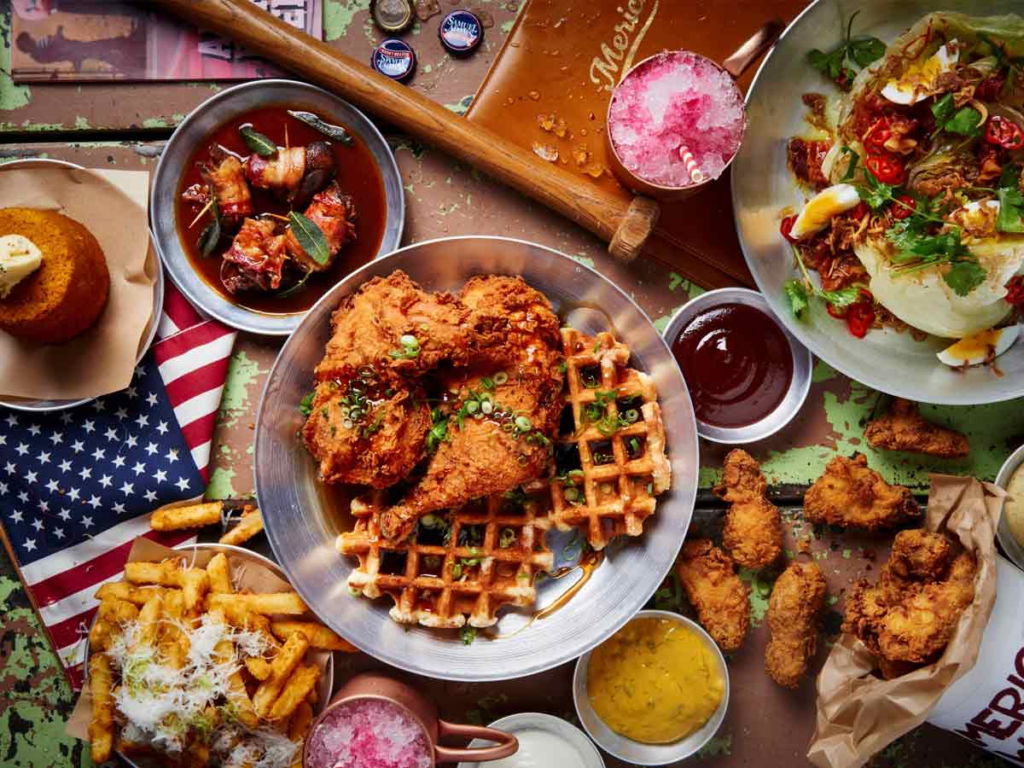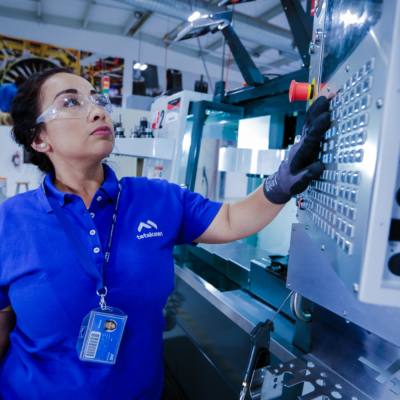The evolution of American cuisine is a rich journey shaped by history, culture, and constant change. From the early days of Native American cooking to today’s creative fusion dishes, American food reflects the diversity of the people who live in the United States. This article explores how traditional meals have transformed over time, creating the wide and exciting food culture we now recognize as American cuisine.
Traditional evolution of American cuisine
Long before the arrival of European settlers, Native American tribes had developed a deep connection with the land. They used local ingredients like corn, beans, squash, wild game, and fish. These foods formed the foundation of early American diets and are still present in some regional dishes today.
When European settlers arrived, they brought new cooking techniques and ingredients. The British introduced pies, puddings, and stews, while the Spanish and French brought spices, seafood dishes, and sauces. Over time, these influences blended with native traditions, creating the earliest versions of what we now consider traditional American food.
In the early colonies, food was simple and made from local resources. Cornbread, stews, and salted meats were common. Meals were designed for survival, often prepared in large quantities to feed families and communities. As settlers moved across the country, they adapted to new environments and developed regionally unique dishes based on available ingredients.

Regional Cuisines Begin to Emerge
As the country expanded westward, distinct regional food cultures started to form. In the South, African slaves brought cooking methods and ingredients that led to the development of soul food. Dishes like fried chicken, collard greens, black-eyed peas, and sweet potatoes became staples.
In New England, cold climates led to hearty meals like clam chowder, baked beans, and boiled dinners. Meanwhile, the Midwest, known as America’s breadbasket, focused on casseroles, roasts, and baked goods using grains and meats.
On the West Coast, fresh produce and seafood shaped a lighter cuisine, while the Southwest developed bold, spicy flavors influenced by Mexican and Native American cooking.
These regional differences continue to play an important role in American food culture today.
Immigration and Cultural Influence
During the 19th and early 20th centuries, waves of immigrants arrived in America, bringing with them the flavors and dishes of their homelands. These influences greatly expanded the range of foods available in American kitchens and restaurants.
Italian immigrants introduced pasta, pizza, and cured meats. Jewish communities brought bagels, pastrami, and deli culture. German immigrants made sausages, sauerkraut, and popularized the hot dog. Chinese immigrants introduced stir-fry, fried rice, and what would become Chinese-American dishes like chop suey.
Mexican food grew especially strong in the southwestern states, where tacos, tamales, enchiladas, and other staples became a natural part of local diets.
These immigrant influences created the melting pot of flavors that characterizes much of American cuisine today. Over time, many of these foods became mainstream, adopted and adapted by home cooks and major food brands alike.
The Fast Food Revolution
In the 20th century, the rise of fast food dramatically changed how Americans ate. In the 1920s, White Castle opened its doors with cheap, quick meals. In the 1940s, McDonald’s revolutionized the concept with a focus on speed, consistency, and affordability.
Fast food became a symbol of American culture, with burgers, fries, and milkshakes leading the way. Other chains followed, offering fried chicken, tacos, pizza, and more.
While fast food made meals more convenient and widely available, it also introduced issues such as poor nutrition and the loss of home-cooked meals. Nevertheless, it played a major role in shaping what people around the world think of as American food.
The Shift Toward Health and Freshness
By the 1970s and 1980s, concerns over processed foods and unhealthy diets led to a new focus on nutrition. The health food movement encouraged more natural eating habits. Organic produce, vegetarian meals, and low-fat options became more popular.
This shift led to the rise of the farm-to-table movement, which encouraged restaurants and consumers to support local farms and use fresh, seasonal ingredients. This created a closer connection between food producers and consumers, and helped small-scale agriculture regain importance.
Chefs began using these ingredients to prepare creative, flavorful meals that focused on quality rather than speed. This era also saw the beginning of gourmet American cuisine, which celebrated regional ingredients with global techniques.
The Rise of Fusion Cuisine
As international travel and technology made the world more connected, fusion cuisine became a trend in the 1990s and 2000s. Fusion cuisine combines elements from different food cultures to create unique and innovative dishes.
Popular examples include Korean BBQ tacos, sushi burritos, Thai-inspired pizzas, and Indian-style burgers. Food trucks and casual restaurants helped bring these creative dishes to the streets, making them more accessible and popular among younger generations.
Fusion cuisine reflects a growing openness among American diners to explore global flavors. It also shows how American food continues to evolve by blending cultural traditions in new and exciting ways.

What American Cuisine Looks Like Today
Today, American cuisine is difficult to define with a single label. It includes everything from classic comfort food to plant-based meals, gourmet creations, and fusion dishes. Modern American food is influenced by many factors, including:
- Regional traditions
- Immigrant cultures
- Health trends
- Global ingredients
- Technology and food delivery apps
Plant-based eating is becoming more common, with meat alternatives like tofu, tempeh, and lab-grown meat entering mainstream markets. People are also more interested in sustainability, choosing foods that are environmentally friendly and ethically sourced.
Food trucks and pop-up restaurants continue to drive innovation, while social media influences how food is presented, consumed, and shared. Visual appeal and creativity are now as important as taste for many consumers.
A Glimpse Into the Future
The future of American cuisine is likely to be even more diverse and personalized. We may see more focus on sustainability, nutrition, and cultural authenticity. Advances in technology, including artificial intelligence, are also shaping how people order, cook, and enjoy food.
Expect greater interest in African, Middle Eastern, and Southeast Asian cuisines, as well as a return to traditional cooking methods and heritage ingredients. Food will continue to be a reflection of identity, community, and creativity.
Conclusion
The evolution of American cuisine is a story of change, creativity, and cultural exchange. From its traditional roots to today’s bold fusion flavors, American food continues to grow and adapt. It reflects the people who live in the country and the global influences that shape their tastes.
Whether it’s a classic apple pie, a Southern BBQ plate, or a sushi taco from a food truck, every meal tells part of the American story. As new generations bring new ideas to the table, the future of American cuisine looks as dynamic and diverse as ever.
Do Follow USA Glory On Instagram
Read Next – Spanish Flu in the U.S.: Forgotten Stories and Local Impact






